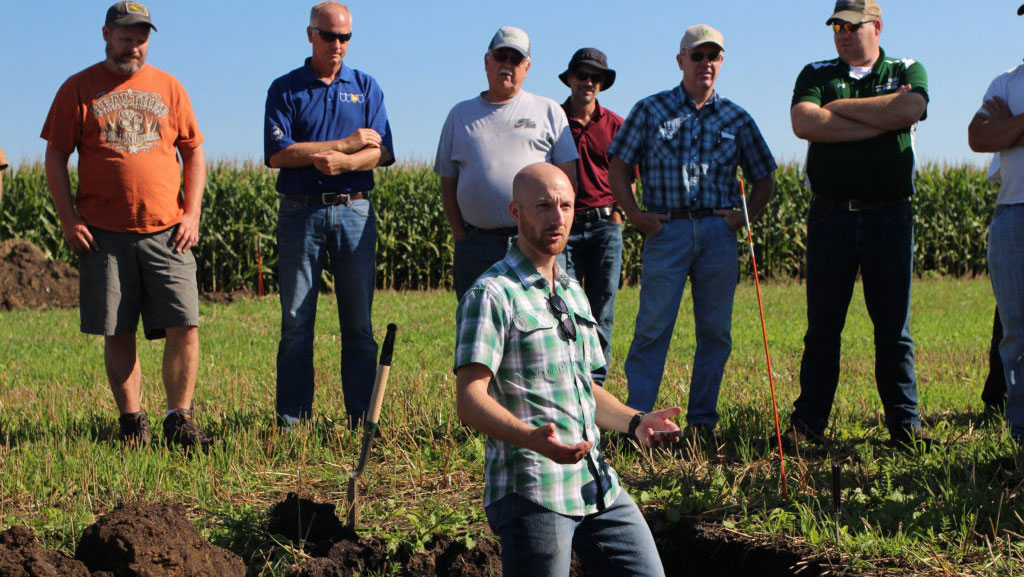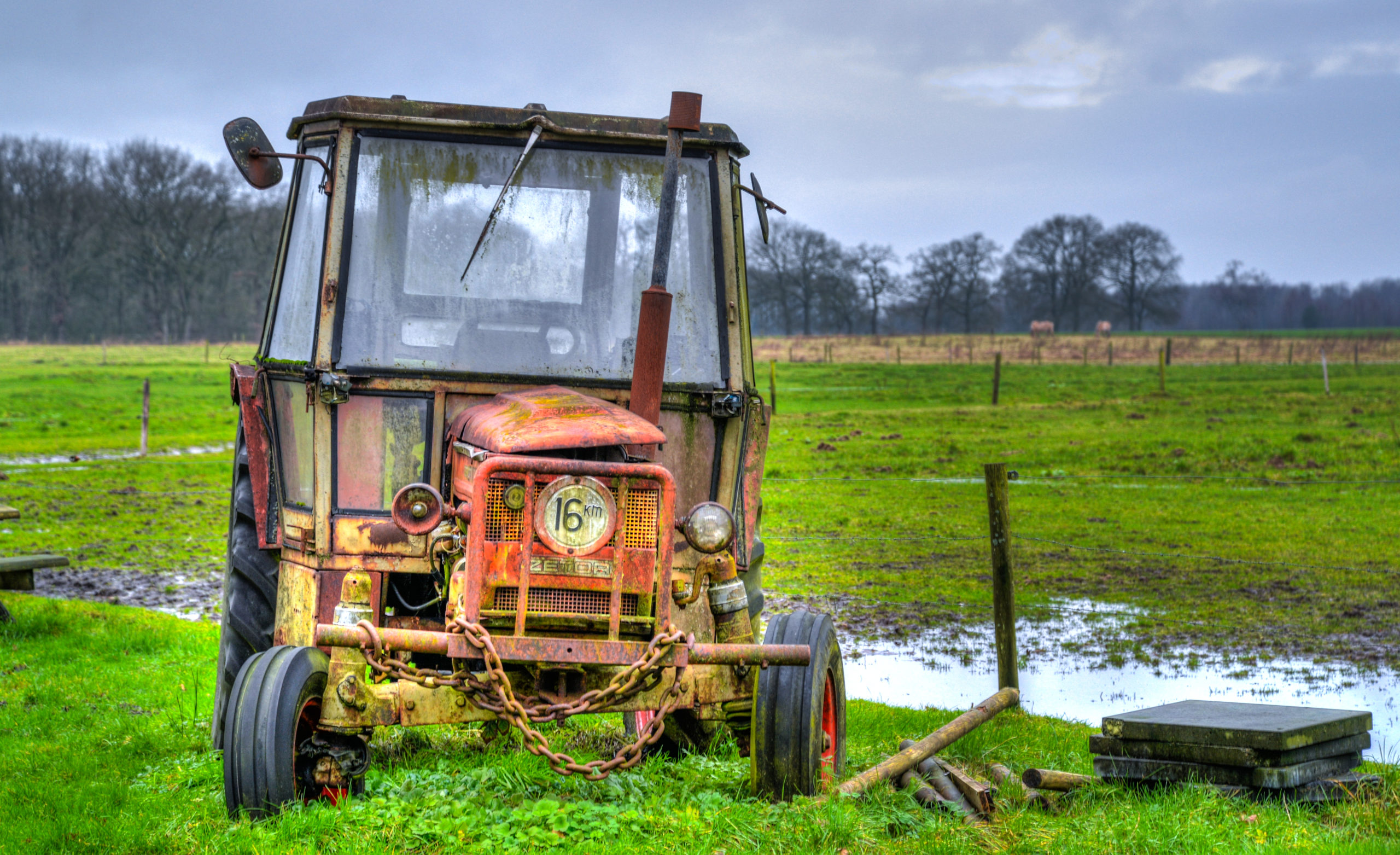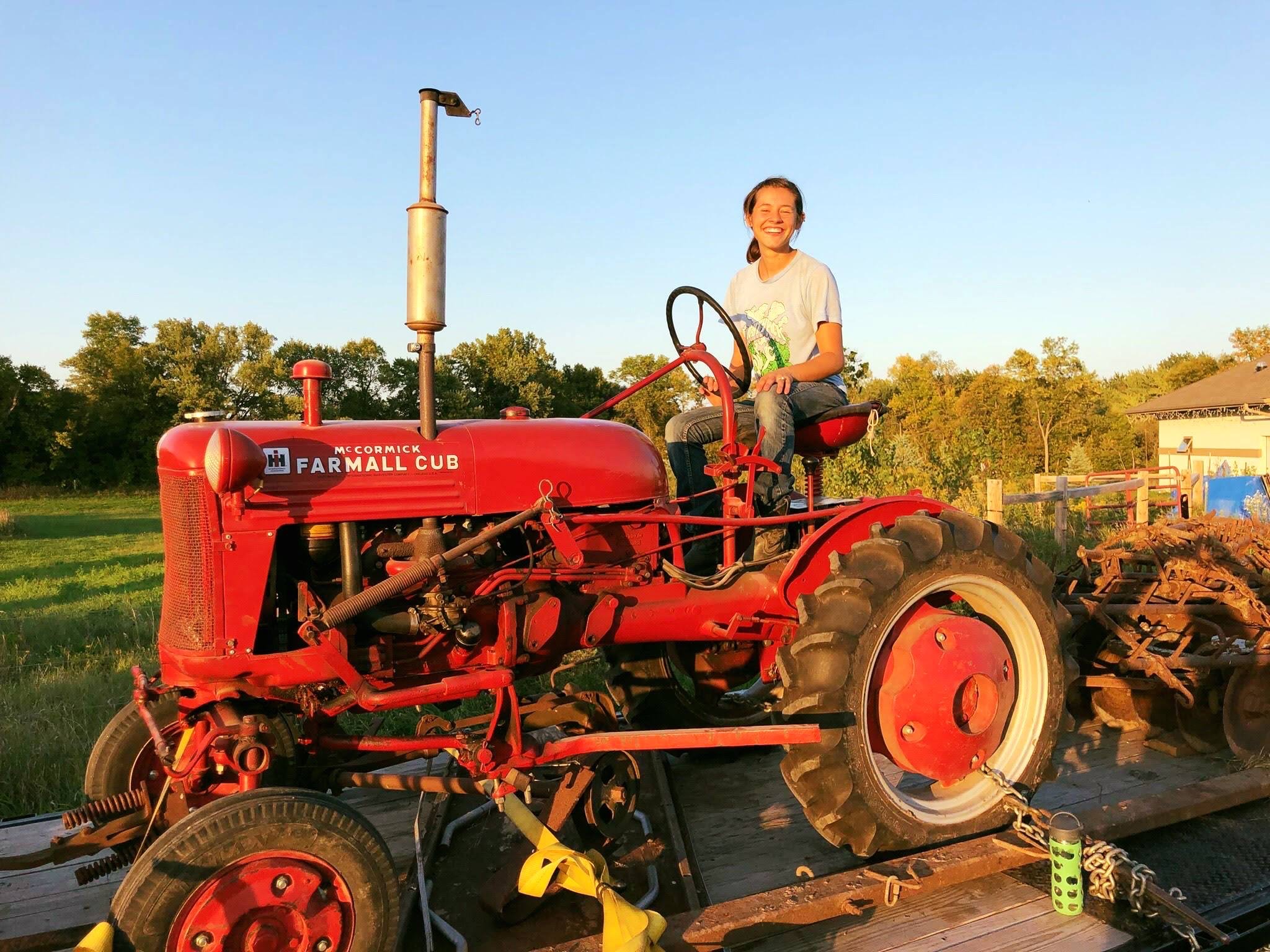ULLU Agriculture Advisor, Nick Goeser shares his hopeful view of climate-smart agriculture
Agriculture has shaped my life from the very beginning—I guess you could say it’s in my bones.
I grew up in a Wisconsin dairy family. My dad was a dairy nutritionist, and my family has a dairy farm that my two uncles operate today.
And, when the time came to head off to college—I studied agriculture. At the University of Wisconsin, I pursued bachelor’s and master’s degrees in agronomy, and a doctorate in horticulture.
Coming back home, I was always interested in turning my academic coursework into practical realities on the farm—not just in crop production, but on the dairy side, as well. My time on the family farm also gave me a deeper insight into the importance of improving farm productivity, profitability, and the environment at the same time. This was a time of great learning—where I started to appreciate the real challenges and opportunities in modern agriculture.
Making the climate challenge–agriculture connection
I first heard about climate change in college. The first time I connected the climate challenge to agriculture was in my college Agronomy 101 class.
I remember having one of those, “Oh boy, this isn’t good”-type of moments.
I continued through school, and a lot of doom and gloom connections were made between agriculture and climate change—at least in the beginning. As I advanced, however, I learned more about plant and animal breeding, and I began my own research. As some of those research opportunities opened up, I felt a little bit less of that impending doom—and I began to feel more hopeful.
For me, it started with looking at the data for national- and state-level food production, and realizing that we were keeping up with the demand for food despite the climate change impacts that were already occurring.
I also saw tremendous support for farmers coming from grower’s associations, the ag industry, conservation organizations, and the government, as well. These were unlikely partners coming together to both support farmers and improve conservation practices—and I’ve seen that support grow over the last 10-15 years, and it continues to grow.
Launching the Soil Health Partnership
After school, I assumed just about every aspect of farm management on a 1,800-acre potato farm—from agronomic research to marketing and from storage to sustainability surveys—all before moving on to bring new technologies to farmers at Monsanto. While at Monsanto, I also spent time developing and leading a cover crop network throughout the Mississippi River Basin.
And, it was that trial network that gave me the great experience I needed to launch a new initiative.
At the time, I was looking back at the soil science research that was the focus of my doctorate work. I knew I wanted to build a nonprofit network of farms that looked at agricultural systems that improve production, economics, environmental and social capital outcomes.
That idea became the Soil Health Partnership.
What started out as a one-page work plan grew into a 150+ farm network across 15 states in four years. We explored conservation practices. We investigated climate resilience opportunities. We collected mountains of real-world on-farm research data.
Not only that, we held field days and events at every single farm—every single year—which reached thousands upon thousands of farmers.
It was not uncommon for farmers to approach me at these events and ask, “How much do I have to pay to be part of this program?” The reality was that we were paying the farmers, but the questions demonstrated to us that our Soil Health Partnership was providing the ag community real value.
It was an exciting time—we had a waitlist of 1,000 farmers anxious to join. It was also a lot of travel, so I chose to change course.
Creating value for farmers facing climate change impacts
When I transitioned within the National Corn Growers Association to Vice President, I led the Production and Sustainability team and helped drive the Climate Change Task Force. This task force worked to understand the impacts of corn production in 360 degrees—and identify opportunities for corn producers to create value, increase productivity, and operate more sustainably.
This work gave me a great perspective on how representative farmers—that 80% of farmers in the middle—are thinking about the climate challenge today.
So, where are they?
Many farmers acknowledge the shifting weather patterns, and they see the impacts of those shifts on their fields and herds.
When it comes to climate change messages, though, some have been defensive. It’s not hard to understand why. There’s simply so much finger-pointing directed at farmers—farmers who are looking for answers, who want to improve their positive impact, who want to become more resilient—but who are also struggling to stay afloat.
Flipping the supply chain sustainability conversation
When I moved on to do some consulting work, I was fortunate to work in the area of agriculture supply chain sustainability. And, one of the projects I was involved in was really intriguing. I surveyed agricultural supply chain organizations—everyone from individual farmers to global corporations, like food companies and grain aggregators.
The questions I was asking: What’s in it for you in terms of sustainability? How do you think about enterprise risk management? How do you think about innovation?
While the sustainability world had been calling on farmers and corporations to “do something,” we encouraged them to consider sustainability in a new way—to seek out opportunities to create added value for their businesses.
In flipping this conversation on its head, farmers and organizations were encouraged to spur internal change.
Shedding light on the path to climate-smart agriculture
Most recently, I worked in a VP role, leading the science program and developing technical communications at the U.S. Farmers and Ranchers Alliance—first as a consultant and then as part of the team.
The challenge: To pull together the most robust, most credible climate resilience information available, synthesize that information, and identify opportunities for row crop and livestock farmers.
To guide our work, we created a Science Advisory Council to help us understand the opportunities for agriculture as our climate changes—not just from a conservation perspective, like those we received from the Nature Conservancy, but from a business perspective, as well.
We poured through documents from the United Nations, National Academies of Science, Environmental Protection Agency, and others with national and global recognition and credibility. And, a lot of my own time and effort was spent translating that dense scientific material into language that was relatable and actionable for farmers—content that would help them reduce their environmental footprint.
The result of that work was the 2019 Power of Resiliency in Agriculture’s Ecosystem Services report.
What we discovered was that the opportunity for agriculture to impact climate positively was tremendous. In fact, the pathways for agriculture to not only cut emissions but to go carbon negative—to sequester carbon in the soil and offset emissions from other sectors in the U.S.—was incredibly positive.
Finding and sharing opportunities for Minnesota farmers and agribusiness
How do we invite farmers into the conversation? How do we source and create relevant, actionable resources? The answers to these questions have been my life’s work over the last five or six years.
And, that’s why I’m so excited to team-up with ULLU.
As ULLU’s senior agriculture advisor, my role is two-fold:
- To act as a connection-maker within the agribusiness community
- To engage farmers in the climate conversation—sharing the ways that they can provide for their families, invest in their businesses, and benefit their local communities while also rolling up to create benefits across the global community
And, this is the perfect time for it.
I have seen farmer and grower organizations grow more receptive to conversations with people they did not talk to before—conservation organizations and folks working on different sides of the political aisle. They are all coming to realize that they share some common ground—and that they can make a significant impact on the climate challenge by taking a coalition approach.
You certainly do not have to be a farmer to understand that it is been hard out there for those in the ag community. We saw a lot of flooding this year. We saw the drought of 2012. And, these large-scale climate impacts are happening, all while farmers are experiencing the economic impacts of trade disruptions, stagnant commodity prices and public pressures on agriculture.
The need to do something is there—and that need creates a willingness for everyone to work toward something bigger than themselves.
I am excited to be a part of it!




